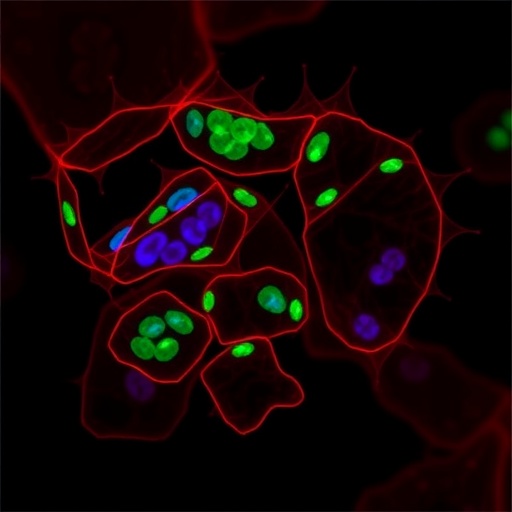As poor nutrition can negatively affect everything from bone to reproductive health, more attention needs to be paid to the specific nutritional needs of female athletes, a collaborative study from New Zealand’s University of Otago and University of Waikato argues.
Dr Katherine Black, of Otago’s Department of Human Nutrition, says most research into sport and nutrition focuses on male athletes, but the number of women participating in sport is growing, and female athletes have specific nutritional challenges and needs.
“They are not just male athlete adjusted for weight,” she says.
Dr Black and colleagues from Waikato and High Performance Sport New Zealand, carried out a literature review on the subject of low energy availability (LEA).
LEA is when available energy in the body is too low for optimal physiological functioning, leading to altered hormonal profiles and eventually total loss of menstruation.
Along with having significant negative impacts on bone, endocrine, immunological, cardiovascular, gastrointestinal, reproductive, and psychological health, LEA also results in long-term decreases in athletic performance.
The researchers’ findings, just published in the Strength and Conditioning Journal, show reported prevalence of LEA varies from two per cent (club level endurance athletes) to 77 per cent (professional ballet dancers).
“Female athletes often have energy intakes which do not match their high level of energy expenditure. Sometimes this is because they purposefully restrict their caloric intake for performance or aesthetic reasons, other times it can happen accidentally due to increased training loads, competitions, or lack of knowledge about how to best fuel for the demands of their sport or exercise.
“A further factor affecting energy intakes of females is that food consumption is influenced by hormonal factors so there can be significant variations in appetite and energy intake across their menstrual cycles,” she says.
Despite the severe negative health and performance consequences, Dr Black says awareness of LEA is low.
“It is only recently that we are starting to discover the true extent of poor nutrition in association with exercise amongst females.
“As we encourage more women to exercise, we also need to know how to ensure their health is not compromised,” she says.
Coaches, parents and athletes need to be aware of signs of low energy intakes, such as increased injury or illness, and seek advice where needed. Athletes also need to know menstrual irregularities are not normal.
“The focus of LEA research and practice should be on prevention instead of prevalence – start early and develop good nutrition, training and body image habits to carry through.”
Some ways athletes and coaches can avoid LEA include understanding the different nutrient requirements across stages of the menstrual cycle; promoting recovery by eating after exercising; designing training programmes to take into account signs of LEA, fatigue or overtraining; putting significant care and planning into advising athletes who wish to reduce body fat whilst training; and optimising energy-dense foods and promoting liquid-based recovery options.
One way the industry is helping educate on this issue is via High Performance Sport New Zealand’s Women’s Health in Sport: A Performance Advantage project. The group holds regular meetings between researchers and practitioners to create best practice principles on a range of female athlete issues.
“By specifically highlighting the health effects of LEA, and proper fuelling for training and performance, could improve the health outcomes of many female athletes, which will carry through their sporting career,” Dr Black says.
###
Publication details:
Nutritional Needs of the Female Athlete: Risk and Prevention of Low Energy Availability
Katherine E. Black, Dane F. Baker, Stacy T. Sims
Strength & Conditioning Journal
DOI: 10.1519/SSC.0000000000000464
Media Contact
Dr Katherine Black
[email protected]
Related Journal Article
https:/
http://dx.




